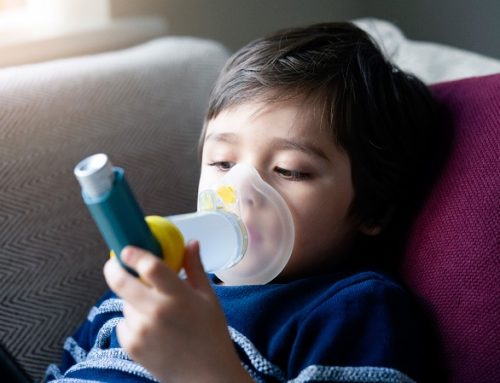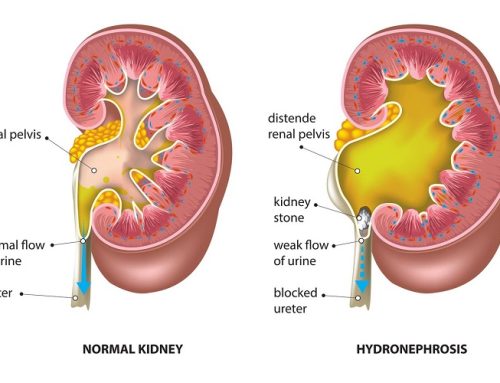Factors to prevent UTI (Urinary tract infection):
Liquid Intake–
It’s always advisable to take between 6-8 glasses of plain liquid at least every day. A good liquid intake replenishes the circulation and flushes the kidneys and bladder to prevent collection of waste and toxic products/germs
Bladder habit:
A regular bladder habit ie voiding every 2-4 hours is recommended to prevent growth of unfriendly germs. Yung children often have a tendency to hold urine, especially at school. This not only affects the bladder tonicity, but also promotes growth of unhealthy germs in the bladder in the stagnant urine hold in bladder, and hence infection. UTI being an ascending infection can often migrate to upper tract ie kidneys.
Bowel Habit-
A constipated bowel (Rectum/colon) can affect the emptying of bladder and also irritate the bladder musculature. This causes incomplete emptying and residual urine in bladder and also irritability of bladder muscles. Residual urine can promote growth of unfriendly germs and infection.
It is recommended to have a regular bowel habit, ie opening bowels every day as possible, and the stool consistency should be soft. A regular liquid intake, good intake of fruits and fibre, and regular exercise/physical activity helps to keep the bowel movements regulated, sometimes a laxative may be needed on doctor’s advice.
Hygiene-
A regular cleaning of genital area is very important to keep the area germ free. The urinary passage is quite close to anal area in girls and an improper cleaning can promote the growth of germs from gut to migrate to bladder and cause urinary infection. A front to back wiping and daily/regular shower/bath helps in keeping the area clean.
Non-pharmacological agents-
There is a variable evidence. However often a use of live yogurt or lactobacillus/probiotic drinks may help prevention of infection by prompting growth of friendly bacteria in gut and colon. There are other agents tried such as Cranberry juice, and again the response is very variable.
What are the symptoms to suspect a recurrence of UTI?
Children can often present with being unwell, mostly with a fever, pain in passing urine, loin pain, feeling sick /nauseated, and generally unwell. However the symptoms may vary, and often younger children cannot verbalise their symptoms. The symptoms in babies can often be non-specific such as presenting with vomiting, being unwell,diarrhoea and/or loss of weight or even prolonged new-born jaundice.
It is important to seek doctors’ advice whenever child seems to be unwell, with no obvious source of infection such as cold, cough etc. A delay in diagnoses and management may sometimes affect kidneys and hence a prompt action is required if suspicious.
How to collect urine sample-
Method of collecting a clean catch sample-
Boys Retract the prepuce (as possible) and wash the glans with lukewarm water, either directly or through cotton balls soaked in water..
Girls Spread the labia in frog leg position and wash with lukewarm water, directly or through cotton balls.
For the very young child a sterile container with provided funnel (often available in hospital children’s ward/GP Surgery) can be used to collect the sample into the container.
If toilet trained it may be easy to place a sterile bowl into a pot and collect the urine in this. Urine can then be poured from the bowl into the sterile container.
An older child may be able to urinate directly into the container.
A “mid-stream” sample of urine is best for the sample collection, as the initial stream may be contaminated with the bacteria from skin.
Only a small amount of urine is required for the test.
Special precautions:
- Avoid the container touching the child’s skin while collecting urine as it may contaminate the sample from bugs normally found on skin..
- Also be careful not to touch the rim of the bottle with your fingers for the same reasons.
- Always try to collect urine sample before starting antibiotics ( However this may be overridden if child extremely sick needing urgent antibiotics, and urine collection is delayed)
Do Not:
- Try collecting urine a non-sterile pot such as cleaned potty or jugs, they can give rise to contamination despite thorough cleaning.
- Collect urine and submit for test after 4 hours of collection and kept outside fridge.
- Touch the sterile pot inside, and avoid urine flow touching any part of skin before going in the pot.
- Clean the genital area with wipes; they are not ideal substitute for cleaning with water.



